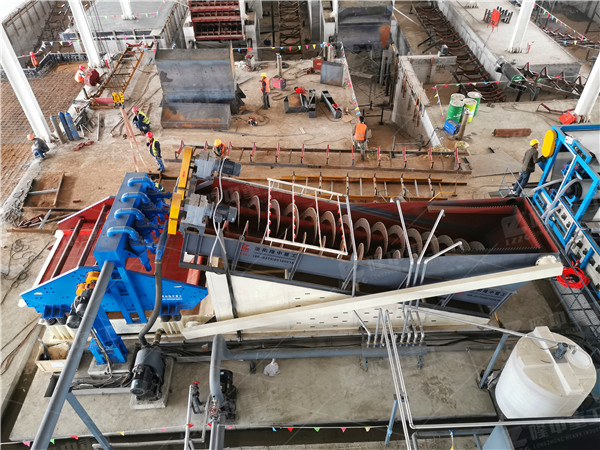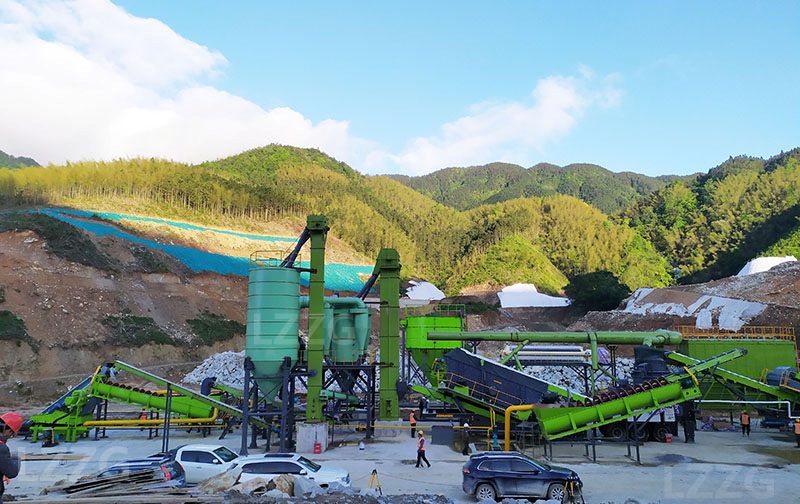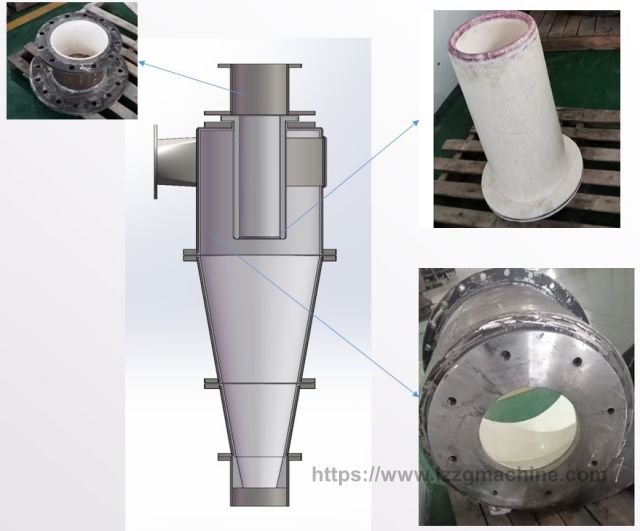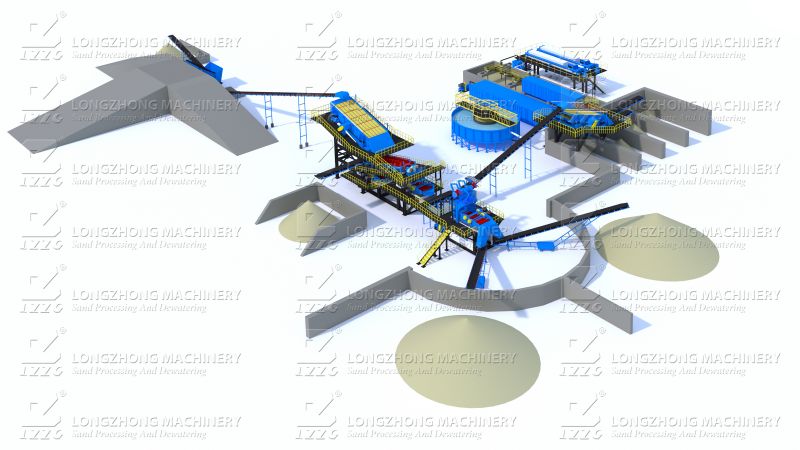Flotation and gravity separation process of tin ore
 October.14,2020
October.14,2020
Because the density of cassiterite is higher than that of symbiotic minerals, the traditional process of tin ore beneficiation is gravity beneficiation. With the passage of time, the particle size of cassiterite in the selected ore continues to become finer, and the cassiterite flotation process appears. In addition, because tin minerals often contain various iron oxide minerals, such as magnetite, hematite, and limonite, these minerals cannot be separated from cassiterite well by flotation and gravity separation. Magnetic separation has recently appeared in the tin ore beneficiation process.
At present, most of the flotation-gravity beneficiation process is used. The process is: crush the raw ore to 20mm, one-stage closed-circuit grinding to 0.074mm (200 mesh) accounting for 60% to 65%, mixed flotation, one coarse, two sweeping, one fine; copper-sulfur separation mill To 0.074mm accounted for 95%, one rough, two sweep and three concentrates, producing copper concentrates and sulphur concentrates; mixed flotation tailings are re-selected and sulphide is re-selected. After the first and second stages of bed selection; primary rewashing; mud separation; tin coarse concentrate desulfurization flotation to produce tin concentrate and rich middle ore.

Another beneficiation process
Firstly, the raw ore is crushed to -20mm and then divided into two grades of 20~4 and 4~0mm after screening, and the 20~4mm enters the heavy medium cyclone for pre-selection. The heavy product of the heavy medium cyclone is pre-selected by jigging after a rod mill. The jig tailings are screened out with a 2mm vibrating screen and +2mm is used as waste tailings, and -2mm enters the shaker for sorting. The jig and shaker concentrates and middle ore are divided into rich and poor systems according to their grades, which are respectively regrinded and mixed flotation. The mixed flotation tailings are shaken to produce qualified tin concentrate; the mixed flotation concentrate is finely ground for lead-zinc separation flotation, and lead-antimony concentrate and zinc concentrate are produced respectively. The heavy separation mud enters the Φ300mm cyclone, and the overflow is passed through the Φ125mm and Φ75mm hydrocyclones to remove the fine sludge. After the sediment is concentrated and desulfurized by flotation, the cassiterite flotation is performed.
read





